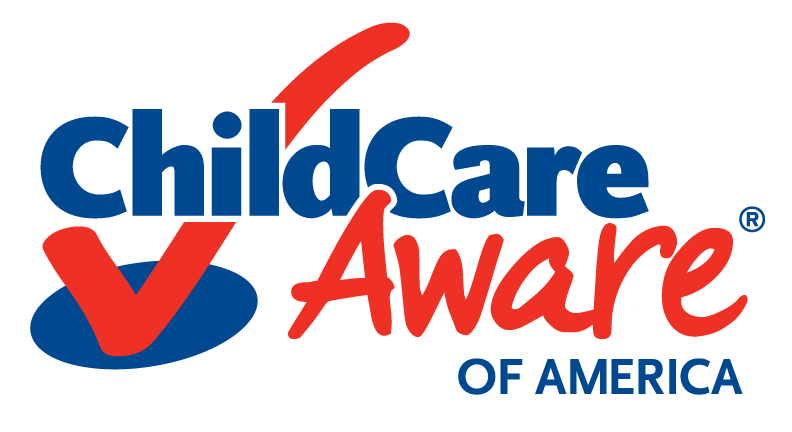In just five easy steps, you will be ready to participate in your state’s 2022-2024 Child Care and Development Fund (CCDF) public comment process. Here is the good news, you have already taken the first step! The hardest part is deciding to take a stand.
Step One – Take a Stand
You have taken the first step as an advocate by deciding to provide input into your state’s CCDF plan, whether verbally at a hearing or by submitting written testimony. Your voice is especially important to make sure the needs of families and providers are reflected within the state’s final plan. Remember – you are an expert.
Step Two – Identify the Date and Time of the CCDF State Hearing
You can find information regarding when their state will be holding public hearings in the chart below. In some cases, states will ask people to sign up in advance so they know how much time is needed for the hearing.
We anticipate some, if not all, virtual listening sessions and hearings. The good news is this means you can advocate from the comfort of your own home! These are not less important than in-person meetings just because they are virtual. Virtual advocacy has been successful in bringing people to the table that otherwise may never have participated in advocacy before. You can learn more about tips and tricks for virtual advocacy with Child Care Aware® of America’s (CCAoA) Advocacy from Home toolkit.
Step Three – Prepare Your Comments
You are the expert of your own experiences. Start with your name, who you are and why you are giving comments. CAAoA will help you with the rest through our resources. The most important part is to share your child care story and why, and what, changes are needed to support the system. Don’t know what to say? Check out these videos from families and providers on CCAoA’s Story Hub.
Public comments are often time-limited, so please practice first. The time can go by really fast! Include the key points at the beginning of your message. More details can and should be provided in written comments as a follow up. Sample language for verbal comments and written testimony can be found on this page.
Step Four – Speak with Confidence

You are ready to share your voice! Test your computer sound and video ahead of time. Join the public hearing at the planned date and time. Be ready to present your comments. Speak clearly and slowly. If there is a time limit, be aware of the time keeper. If the time is up and you haven’t finished, don’t worry. Wrap up with a thank you and know that your voice was heard. You have advocated for an equitable child care system that is affordable, accessible and provides children the healthy start they need. Scroll down to find resources for preparing verbal testimony.
Step Five – Follow-up with Written Comments
States also accept written testimony and comments. You can submit a copy of your oral comments or add more detail to the written comments. Some states are simplifying this process with an online survey. See how your state is accepting written comments using our CCDF state plan hearing tracker above. Below are resources for submitting written comments.
Sample Verbal Testimony for 2022-2024 CCDF State Plans
Providing verbal testimony at your state’s CCDF public hearing is a powerful way to advocate for changes to transform child care. Verbal testimony is especially effective if you speak about your own personal experiences. Your testimony should be short—no longer than three to five minutes. Most often, testimonies should be delivered verbally and then submitted in writing as a follow-up.
Click here to download sample topline messages to use in your verbal testimony.
Sample Written Testimony for 2022-2024 CCDF State Plans
Providing written comments allows more detailed recommendations to be submitted on the CCDF plan. You can use CCAoA’s policy recommendations linked below to get you started as you prepare written comments. Choose recommendations that you are passionate about and to which you can offer personal or local examples. You do not need to submit this entire statement or comment on every section. Some states are using online surveys to provide feedback on the CCDF state plan. These comments have been organized by section so that you can cut and paste comments into the online forms.
Before you start, check the tracker to see if your state is accepting emails or using an online survey. Make sure to check the due date! Click here to download sample language to use in a formal letter, which can be emailed or mailed to the state agency, or for use in online surveys or forms.
Let Us Know How It Went
Thank you for sharing your voice and experiences with your state! You have made a huge difference in shaping your state’s plan as an advocate. We love hearing about your advocacy experiences. If you are interested in sharing or have any questions along the way, please email Diane Girouard, State Policy Analyst, at Diane.Girouard@usa.childcareaware.org.


